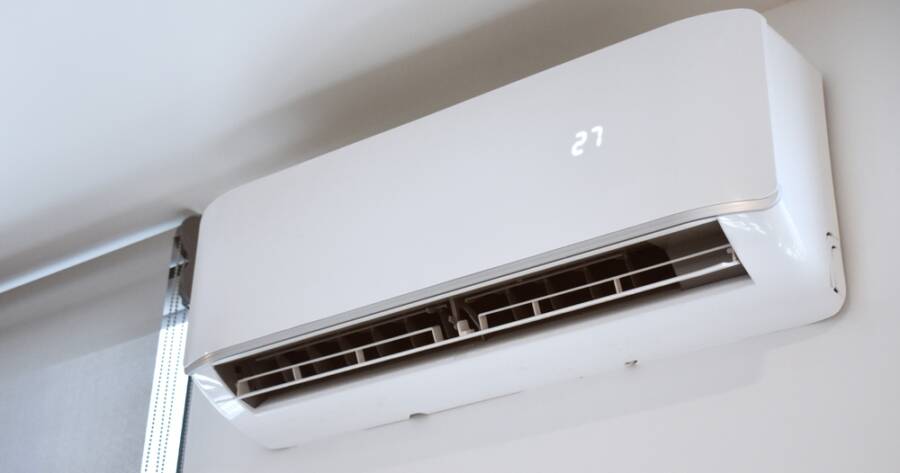Ductless air conditioners can provide efficient and flexible cooling without the need for traditional ductwork. With their sleek design and customisable temperature control, ductless units could be an ideal solution for those seeking comfort in every room of the house.
What Are Ductless Air Conditioners?
Ductless air conditioners, often called split systems, don’t rely on ducts to circulate air.1 Instead, they use an outdoor compressor and indoor air-handling units. This setup allows homeowners to target specific areas, making it a potential energy-saving option. These systems could be more flexible than traditional ones, which require ductwork. Many consider them ideal for homes where adding ducts isn’t feasible or cost-effective.
How Do Ductless Air Conditioners Work?
Ductless systems operate by extracting warm air from inside your home and releasing it outside.2 This process is reversed in cooling mode, bringing cool air into your space. The indoor units can be mounted on walls, providing localised cooling. By using a separate unit for each room, homeowners can control temperatures individually. This might offer improved comfort and energy efficiency since you’re not cooling unoccupied rooms.
Benefits of Ductless Systems
One of the main attractions of ductless air conditioners is their installation process, which could be simpler than traditional systems.3 They don’t require extensive ductwork, making them an attractive option for older homes. In many cases, they can be installed without disrupting your home’s layout. These systems are also designed to be energy-efficient, as they allow for zone-based cooling. Depending on your home’s setup, this could result in savings on your energy bills.4
Energy Efficiency and Potential Cost Savings
Energy efficiency is a significant factor for Australian homeowners, and ductless air conditioners could offer a solution. By cooling only the rooms you use, these systems may reduce unnecessary energy consumption. This could be especially beneficial during Australia’s hot summers when energy use typically spikes. With more control over your cooling, you might also notice lower energy bills. However, results may vary depending on usage habits and home size.
Installation Considerations
Installing a ductless system is generally less invasive than setting up traditional air conditioners. Many homes may benefit from not needing to undergo major construction to install ducts. However, placement of the indoor units is essential for optimal performance. It’s a good idea to consult with a professional installer to determine the best locations. While these units don’t require ducts, proper installation is still critical for ensuring efficiency and long-term durability.
Choosing the Right System for Your Home
If you’re considering a ductless air conditioner, it’s crucial to choose the right system for your needs. Factors such as home size, the number of rooms, and local climate should be considered. Consulting with an air conditioning professional could help you identify the best model for your space. It’s also worth looking into government rebates or incentives, as some regions may offer financial assistance for upgrading to more energy-efficient systems. However, be aware that these programs might vary based on location and availability.
Learn More Today!
Ductless air conditioners can provide a flexible and potentially energy-efficient option for cooling your home. With simpler installation and customisable cooling, they could be well-suited to many Australian households. However, as with any investment, it’s essential to weigh the potential benefits against the initial costs and long-term maintenance requirements. When chosen and installed correctly, ductless systems could offer reliable comfort without the need for ducts.
